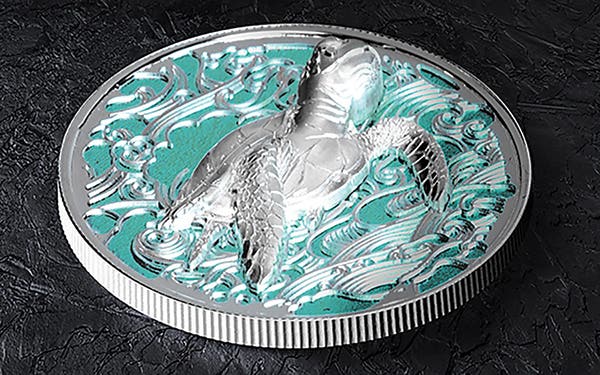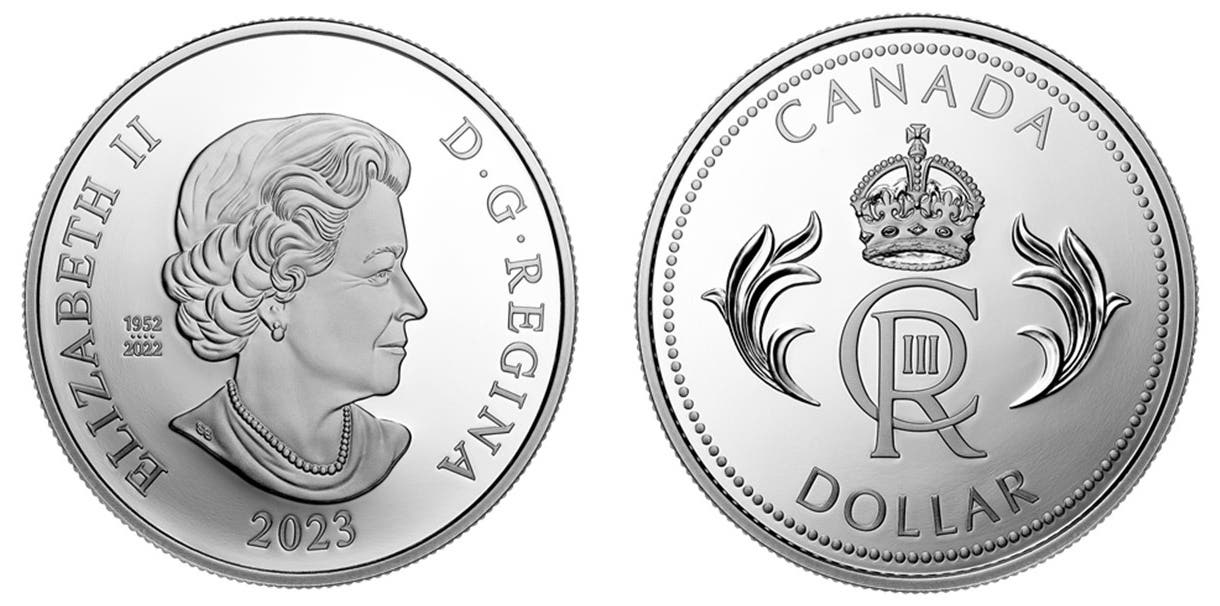Ghost cents exist for year no minting took place
When quizzes about coins are given at club meetings, one of the questions occasionally asked is which year cents were not struck at a U.S. Mint. The answer is invariably…
When quizzes about coins are given at club meetings, one of the questions occasionally asked is which year cents were not struck at a U.S. Mint. The answer is invariably 1815, as no genuine cents are known with this date. Unfortunately, that answer is wrong, as cent coins were struck in late 1815 but dated 1816.
The only year in which cents were not struck is 1823, something of a surprise as cent coins of this date are well known to collectors. The cents dated 1823 were in fact struck after 1823, probably in 1824, though some researchers think that 1825 is possible.
The reason for the non-coinage of cents in 1823 is not difficult to learn. Following the War of 1812, there was a strong demand for cent coins as silver and gold only slowly returned to daily use. Coins of all kinds had been hoarded or melted during the war.
Cent coinage was heavy from 1816 to 1820, reaching the unheard number of 4.4 million in 1820, the highest number since copper coinage began in 1793. This large mintage, however, outpaced demand, and by the fall of 1820, the Mint had more than 1 million copper cents on hand and little demand from the public.
Mint Treasurer James Rush responded by posting notices in newspapers stating that cents were on hand at the Mint for public distribution. He noted that the government paid for transportation of the coins. These announcements worked, and several hundred thousand coins were distributed in the latter part of 1820 and early 1821. Many of these went to frontier areas, which were chronically short of coined money.
Because of the heavy distribution of cents in 1820-1821, there was a reduced demand for copper coins in 1821, resulting in a lower coinage. Less than 400,000 pieces were struck in 1821, one of the smaller mintages.
There had been a downturn in the economy in 1819 and 1820, which caused part of the problem with cent coinage, but conditions improved by 1822 and the Mint coined 2 million cents during that year. Unfortunately, the officers had guessed wrong on public demand, and it was not until early 1824 that the last of the 1822 cents were paid out to banks and businesses. With cents dated 1822 still on hand, there was no need for copper coinage in 1823.
Cent coinage resumed in 1824, but only 1.3 million pieces were delivered by the coiner. Demand had weakened, primarily because of the heavy coinages of the past few years. At some point in 1824, the 1823 dies were brought out, and a substantial number of pieces struck.
How many 1823 cents were struck? This question cannot be answered because the Mint did not keep records of how many coins were struck with a given date. Most estimates are in the range of 50,000 to 100,000 pieces, but these are little better than educated guesses.
The number of 1823 cent coins struck by the Mint cannot be all that large, because there are only two varieties. These varieties are easily distinguished by collectors because one obverse is an overdate and the other is not. The overdate is 1823/2, meaning that an 1822 die was re-dated in preparation for the 1823-dated coinage. The other obverse has a normal date.
The 1823 overdate cent is the scarcer of the two varieties. Proofs do exist from the overdated obverse die and are of extreme rarity. The date of 1823 is the most difficult cent to obtain for the period of 1816 to 1857 and even for most of the years prior to 1816. (Earlier problem dates include 1804, 1799 and 1793.)
The story of the 1823 cent is not quite finished. At some point in time, perhaps the early 1830s, the Mint sold off a large number of old dies to local ironworkers for their use. Some of these dies later fell into the hands of numismatists, and they simply waited for some opportunity to use them.
It is not quite clear into whose hands an 1823 obverse die landed, but there is speculation that the person was Joseph Mickley, a pioneer numismatist. The die was later sold to Edward Cogan, an early coin dealer.
The rise of coin collecting in the mid-1850s created a demand for rare dates in the copper coinages. Cogan decided to strike a reasonable number for sale to collectors, but there was a problem: no reverse cent dies from this period were available. The best that could be found was a reverse from 1813, and this was in fact paired with the 1823 date to strike a few dozen pieces for collectors.
At first the 1823 obverse die struck a quality piece, but it soon began to have problems. In due course, a major cud (broken rim) appeared at the upper left, followed by a heavy die break across the face of Liberty. The first public notice of these pieces came in an auction sale held in late 1862, perhaps meaning that the first use of these mismatched dies was in the summer of that year.
The 1823 obverse die was later used by others, and several hundred pieces in all were struck for collectors. Both the original and restrike pieces of the 1823 cents are avidly collected and worth the attention of dedicated numismatists.
This article was originally printed in Coins Magazine. >> Subscribe today.
More Collecting Resources
• The 1800s were a time of change for many, including in coin production. See how coin designs grew during the time period in the Standard Catalog of World Coins, 1801-1900 .
• Keep up to date on prices for Canada, United States and Mexico coinage with the 2018 North American Coins & Prices guide.








